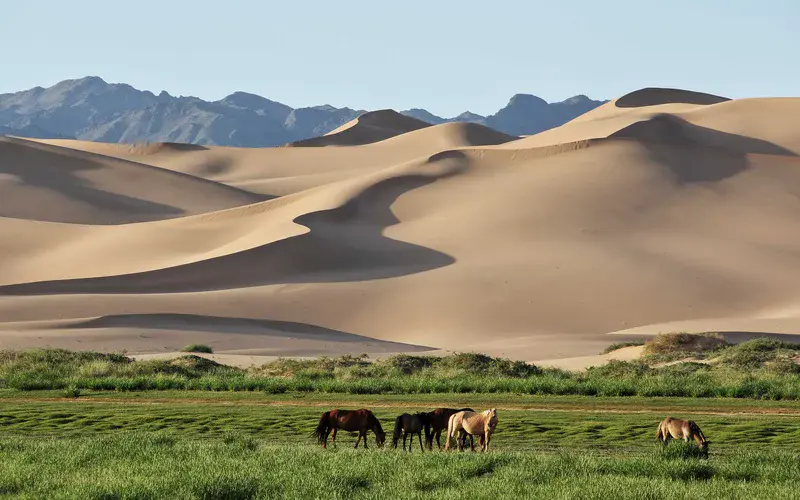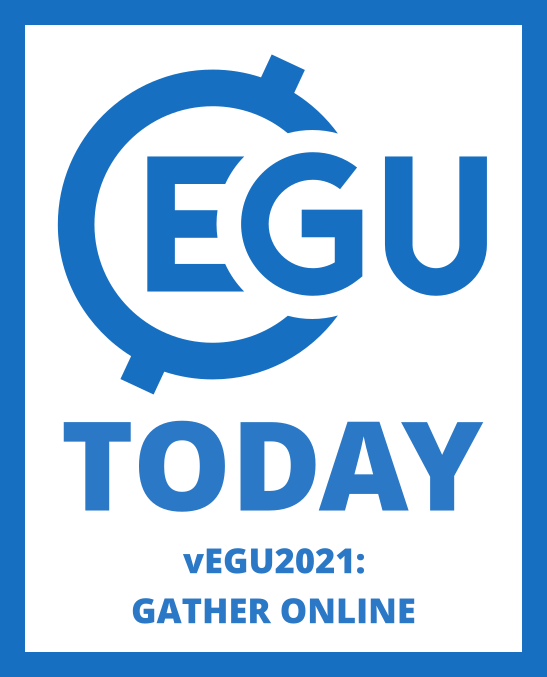
Highlights at a glance
- 09:00 – ITS4.2/PS4.4: Machine Learning in Planetary Sciences and Heliophysics
- 09:00 – BG3.24: Peatlands under pressure
- 11:00 – ITS2.4/SSS2: Bridging between Earth Science disciplines: Participatory Citizen Science and Open Science as a way to go
- 11:00 – ERE5.7: Towards an environmentally sustainable transformation of tailings and mine waste: circular economy and future vision
- 13:30 – NH9.8: Natural hazard impacts on technological systems and infrastructures
- 13:30 – GM8.2: Drylands: paleoenvironmental and geomorphic perspectives and challenges
- 15:30 – CR4.2: Sea Ice and Snow Processes in the Central Arctic Ocean: Advancing Understanding using Results from the MOSAiC Expedition
- 15:30 – AS3.12: Atmospheric methane measurements – bridging anthropogenic emissions and mitigation internationally
- 17:30 – ECE3: vEGU21 closing party!
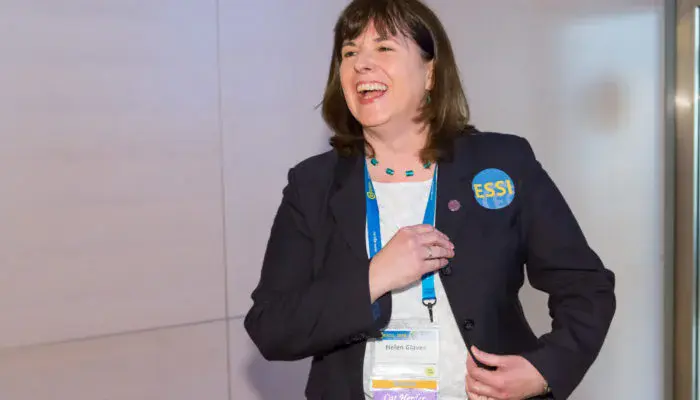
vEG21 Closing words from EGU President Helen Glaves
Thank you to all of the participants and contributors to vEGU21 who have ensured that our General Assembly has once again been a productive and stimulating experience for everyone despite some unexpected technical difficulties along the way! Special thanks must also go to all of those people who have worked tirelessly behind the scenes to realise vEGU21, especially the members of Council, EGU Office staff, and the team at Copernicus. Despite the new and unexpected challenges many of us faced over the last year, the quality of the presentations and sessions during vEGU21 has been outstanding, and a real indication of the commitment and dedication of our members to sharing and communicating their science to the wider Earth, space, and planetary science community.
EGU has been forced to adapt in response to the global pandemic, and our unique virtual vEGU21 conference platform has allowed the EGU community to Gather Online in the absence of a physical meeting. But we should not forget that even prior to COVID-19, EGU was seeking ways to reduce its carbon footprint and make the GA greener – the pandemic has only served to accelerate this process. Going forward, we will continue to evolve our vEGU conference platform to deliver a virtual component for the General Assembly, allowing participation either in person or online. Thank you for being part of vEGU21. We look forward to seeing you at the EGU General Assembly 2022, and hopefully welcoming you back to Vienna either in person or online!
Helen Glaves, EGU President
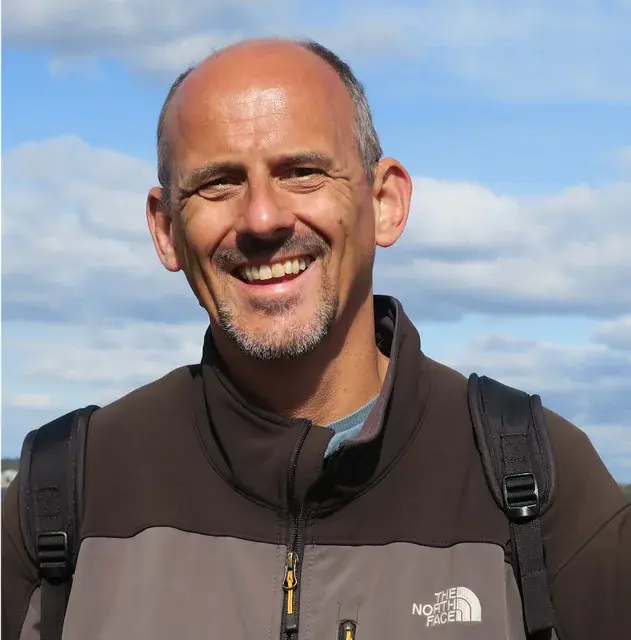
Heartfelt thanks to vEGU21 participants from the EGU Programme Committee Chair
As vEGU21 draws to a close, I am filled with several competing feelings. First, gratitude: thank you to all participants, presenters, and conveners for your enthusiasm, your patience, and your creativity in handling the challenges that come with an online meeting, and most of all for sharing your science. My second feeling is humility: whereas the first week of vEGU21 ran very smoothly, the start of the second week was disturbed by technical issues. We managed to quickly launch our contingency plan, but this has meant that not all of the interactive tools we had designed could be used to their full capacity. This has been yet another major learning experience …
There is also a sense of pride. While participation numbers are not yet final, you are now 18,000 participants from 136 countries – a new record for the General Assembly! I am also proud of the 5000 waived registrations for this meeting, for scientists from lower- and middle-income countries as well as for undergraduate and MSc students, demonstrating the inclusiveness of an online meeting.
Finally, there is a sense of anticipation. We hope to organise EGU22 with a significant in-person component in Vienna. At the same time, we’ve tested many tools that will shape future online and hybrid meetings. Your feedback on these is important: please let us know what we should keep, and what we could do better at https://egu21.eu/feedback. And remember this meeting is not quite over: the second screening of ‘Picture a Scientist’ runs until Sun. 09:00 CEST; display materials can be accessed and commented on until May 31; and you can view all Union Symposia, Great Debates, Medal & Award Lectures, and Short Courses until this date and a few later on YouTube. So, thank you all, and hope to see you in Vienna or online next year!
Peter van der Beek, EGU Programme Committee Chair
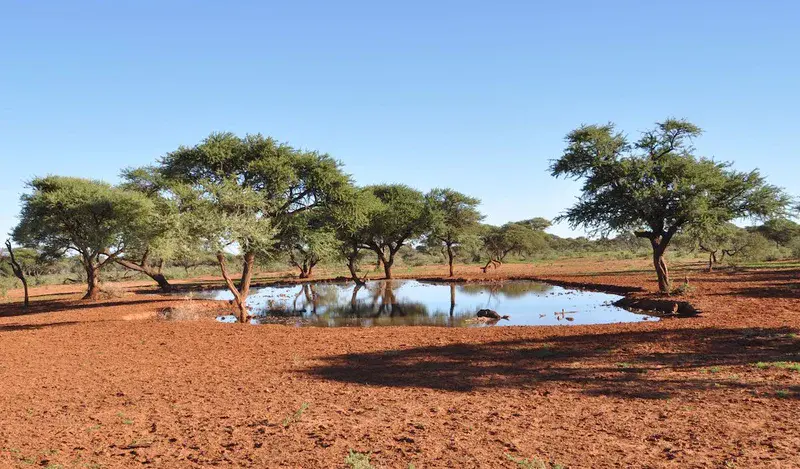
Climate and environmental change: Africa’s past, present and future
Africa is the world’s second largest continent, encompassing diverse ecosystems, ranging from tropical forests to subarctic drylands on its highest mountain peaks. All these different environments underwent tremendous climatic fluctuations in the geological past, causing severe environmental changes. Further, Africa is one of the most vulnerable continents to future climate change, with widespread impacts on African environments and society. This session features studies about climate and environmental variabilities in Africa on various time scales from marine and continental geologic records, and modeling approaches.
SSP2.11: 9:00–10:30
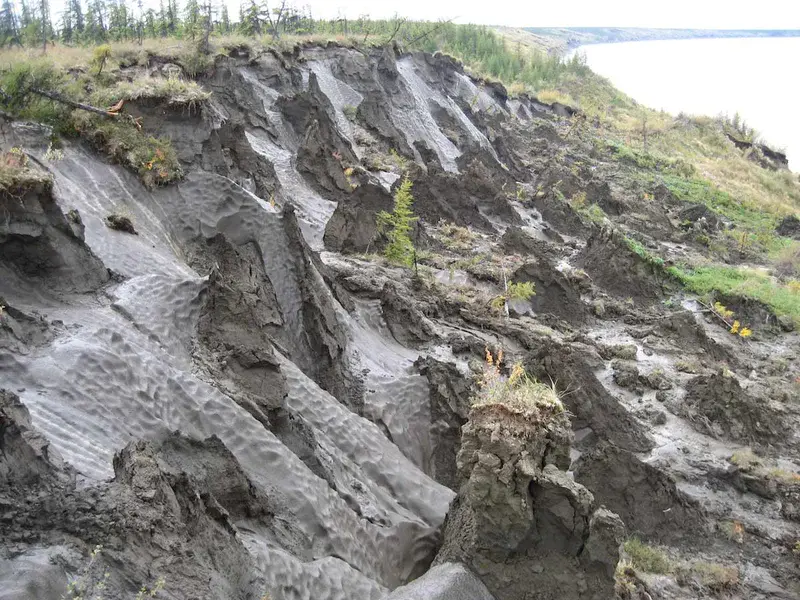
Risks from a changing cryosphere, and mountains under global change
The global cryosphere is strongly impacted by climate change and has been undergoing significant changes over the past decades. Glaciers, snow cover, permafrost, sea ice, and fluctuations in ice sheets have all experienced significant changes over the past decades and are currently monitored with care and concern. Risks associated with one or several of these cryosphere components have been present throughout history. However, with ongoing climate change, we expect changes in the magnitude and frequency of hazards. This session presents research across all cryosphere components and the risks associated with observed or projected physical processes, including interconnected or cascading processes. Research focusing on adaptation and resilience-building in affected communities will also be presented.
CR5.4: 9:00–12:30
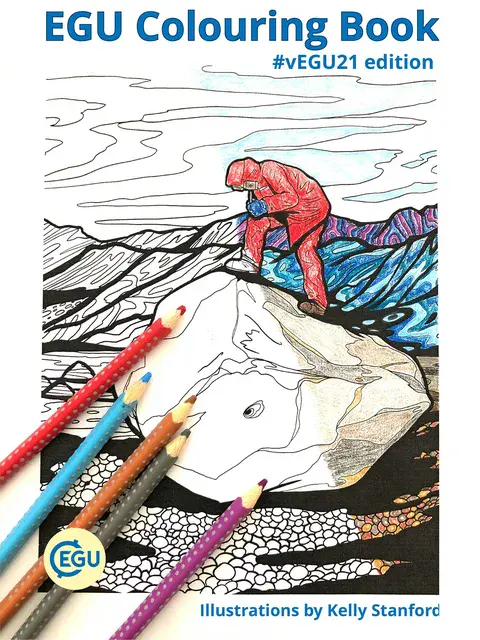
Science schwag: the EGU colouring book!
What would a science meeting be without schwag? Every day on the EGU Booth, we are giving away a new page created by @TheLabArtist and our EDI Working Group, so head over to the virtual exhibition to get yours today!
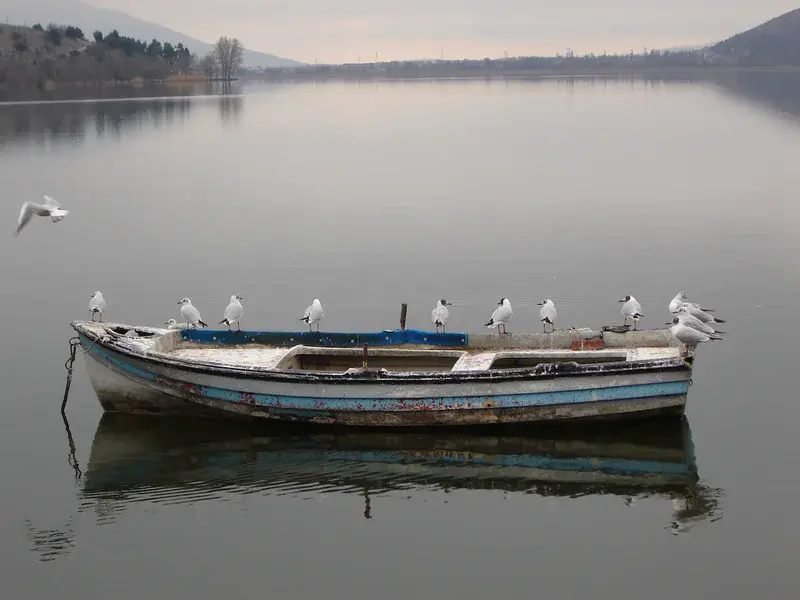
Lakes and inland seas in a changing environment
As confined water bodies with limited exchanges, lakes and inland seas are particularly vulnerable to climatic and human impacts. Hence, they strongly mirror both the global change effects and anthropogenic pressures. Lakes and inland seas also play an important role in ecosystem services such as fisheries, aquaculture, and tourism, among others. This interdisciplinary session provides a forum for those interested in processes governing physical, chemical, and biological regimes of various lakes and inland seas of the world.
HS10.10: 9:00–12:30
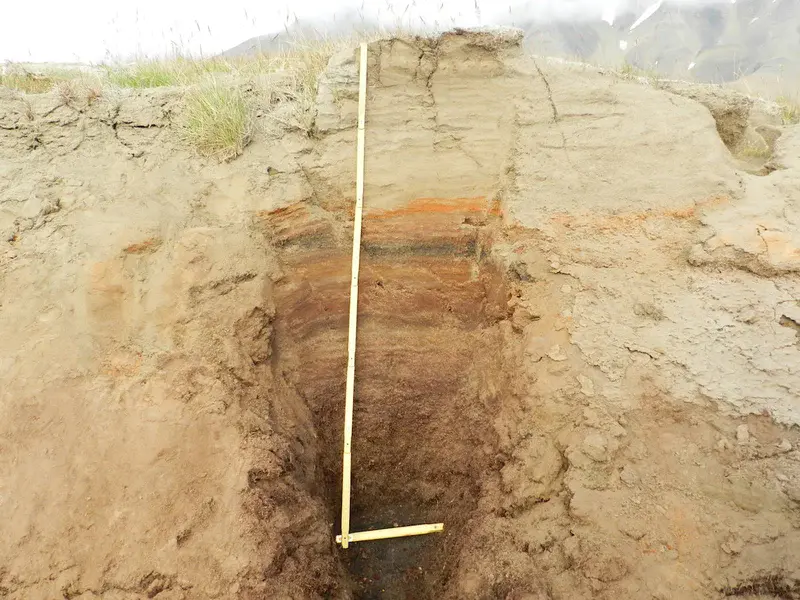
Aeolian dust: initiator, player, and recorder of environmental change
The interactions between aerosols, climate, and weather are among the largest uncertainties of current atmospheric research. Mineral dust is an important natural source of aerosol with significant implications on radiation, cloud microphysics, atmospheric chemistry and the carbon cycle via the fertilization of marine and terrestrial ecosystems, as well as being a paleoclimate indicator. This session showcases interdisciplinary dust research using loess, ice cores, lake sediments, ocean sediments and dunes, as well as modelling of past, present and future climates.
CL4.27: 9:00–12:30
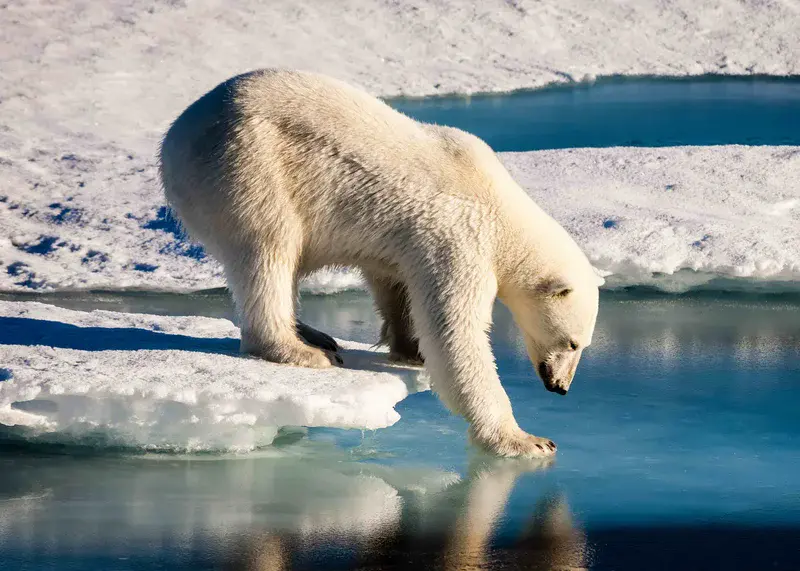
Science-based Greenhouse Gas Emission Estimates in Support of National and Sub-National Climate Change Mitigation
Accurate and precise atmospheric measurements of greenhouse gas (GHG) concentrations reveal the rapid and unceasing rise of global GHG concentrations due to human activity. These increases result in rising global temperatures and sea-levels, glacial retreat, and other negative impacts. This session includes presentations from researchers and decision-makers on ways to best estimate GHG emissions, deliver actionable emissions information where human activity occurs, and discuss where emission reduction might be most effective.
AS3.8: 11:00–15:00
EGU would like your feedback!
We are very curious about your experiences during vEGU21. We’d like to hear what has worked well, what could be better, what you missed compared to an in-person meeting, and what EGU should consider keeping for future meetings.
Please take a few minutes to fill out this survey.
Short Courses
- 09:00 – SC4.8: Uncertainty Analysis – using fully- and extra-probabilistic approaches
- 09:00 – SC4.10: Statistical and Dynamical Methods for Geophysical Extremes
- 10:00 – SC4.7: Uncertainty and Sensitivity Analysis of Earth Systems Models
- 10:00 – SC5.14: Practical Ensemble Data Assimilation with the Parallel Data Assimilation Framework
- 14:30 – SC4.2: Geodynamics 101: Numerical models
- 14:30 – SC4.11: Scales and Scaling in the Climate System
- 16:00 – SC4.9: Stochastic Parametrisation
- 16:00 – SC4.12: Thermodynamics and energetics of the oceans, atmosphere and climate
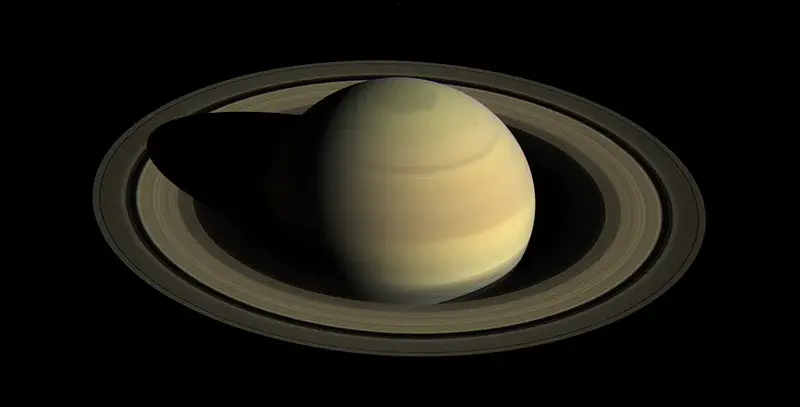
Jupiter and Saturn: Results from Juno and Cassini
As the largest and most massive planets in our solar system, Jupiter and Saturn offer unique insight in the history of our solar system and how planetary systems in general form and evolve. The Juno and Cassini missions investigated Jupiter and Saturn, respectively. Both missions have provided a wealth of new measurements, revealing key aspects of the giant planets interiors, atmospheres and magnetospheres. This session includes results from atmospheric and magnetospheric observations (Juno, Cassini and Earth-based) as well as theoretical modeling of atmospheric structure, composition, dynamics, planetary aurorae, magnetospheric dynamics and processes and comparative planetology.
PS5.2: 13:30–17:00
ENSO and Tropical Basins Interactions: Dynamics, Predictability and Modelling
The El Niño-Southern Oscillation (ENSO) climate pattern and its interactions with other tropical basins are the dominant source of interannual climate variability around the globe. Understanding the dynamics, predictability, and impacts of ENSO interactions, and anticipating their future changes are of vital importance for society. This session includes presentations on the changes of ENSO over time, the impacts to society and ecosystems, and the future of forecasting.
CL2.13: 13:30–15:00
Risk and Resilience at the Science-Policy-Practice Interface
Disaster losses continue to rise globally and this trend is expected to continue under climate change. Several global frameworks call for greater attention to the interface between science, policy and action to achieve resilience and reduce losses from disasters. This session explores innovations for assessing and communicating risk and resilience, including: novel methods of data collection to measure risk and resilience, best practices for engaging with communities, ways to visualise and share information, and reflections on policy.
NH9.11: 15:30–17:00
Vegetation function responses to global change: across observations, experiments, and models
The need to predict ecosystem responses to anthropogenic change is more pressing than ever. This session aims brings together scientists interested in advancing our fundamental understanding of vegetation and whole-ecosystem processes, and features field experiments, remote-sensing approaches, and modeling.
BG3.22: 13:30–15:00
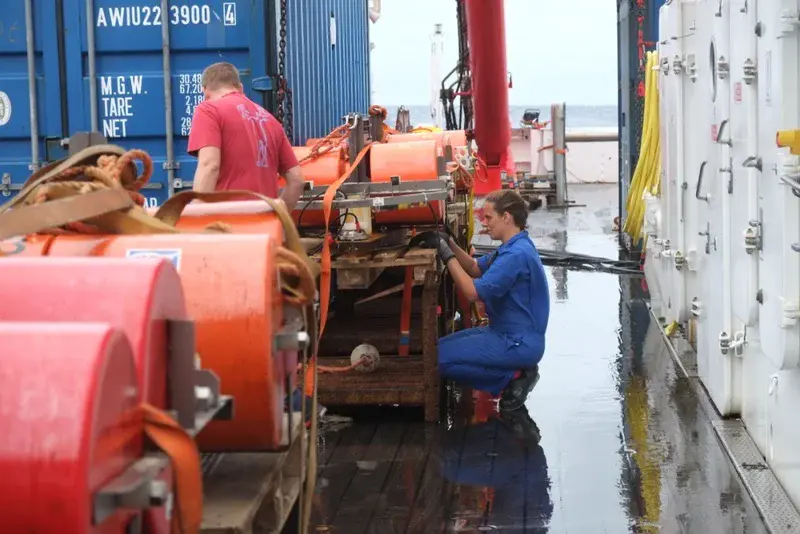
Imaging subsurface structures
There have been major advances in imaging subsurface geologic structures thanks to 3D seismic exploration, tomography, and modelling techniques. However, there are still ambiguities and challenges to the interpretation of subsurface data. This session features contributions directly related to the practice of interpretation of the Earth’s subsurface tectonic structure using imaging techniques, geophysical observations, and numerical modelling approaches. The session will address problems related to deep tectonic features, fault structure, fluid-rock interactions using time lapse imaging, storage structure, and basin and tectonic analysis.
TS12.1: 15:30–17:00
Imaggeo photo competition winners!
Participants of vEGU21: Gather Online have been voting for their favourites during the past two weeks, and we are excited to share the winners with you on our blogs page. Congratulations to this year’s winning photographers!
Comments “overheard” during vEGU21
“Convening an #vEGU21 session while doing fieldwork in the Arctic is definitely one of the more interesting conference experiences I have had so far.”
“Tomorrow I am going to pay a visit to my sister in the #vEGU21, AS4.3 session! It seems that these annual virtual @EuroGeosciences events are the only times I get to see her! It’s not ideal, but at least it’s a funny weird story we get to tell the next generations!”
“Nice to see #scientists discussing about #snow and #ice from literally everywhere in the world! The cryosphere is endangered in a warming climate but we’ve got the right folks to find #solutions!”
“Let’s get ready for two crazily intense weeks!”
“It was a bit confusing to maneuver in it at first but once you get the hang of it, it’s almost like being in Vienna, without the strudel but with sweatpants!”
“I hope hybrid conferences are the future because attending from home really suits my personality and lifestyle!”
About
EGU Today, the Union’s daily newsletter during the EGU General Assembly, helps keep you informed about what’s happening by highlighting sessions and events of broad interest from the programme. The newsletter, including previous issues, is available at https://www.egu.eu/egutoday/.
Unsubscribe via support@copernicus.org.
The Assembly Online
LinkedIn
Instagram
YouTube
Facebook
Mastodon
Bluesky
blogs.egu.eu, geolog.egu.eu
www.egu.eu
